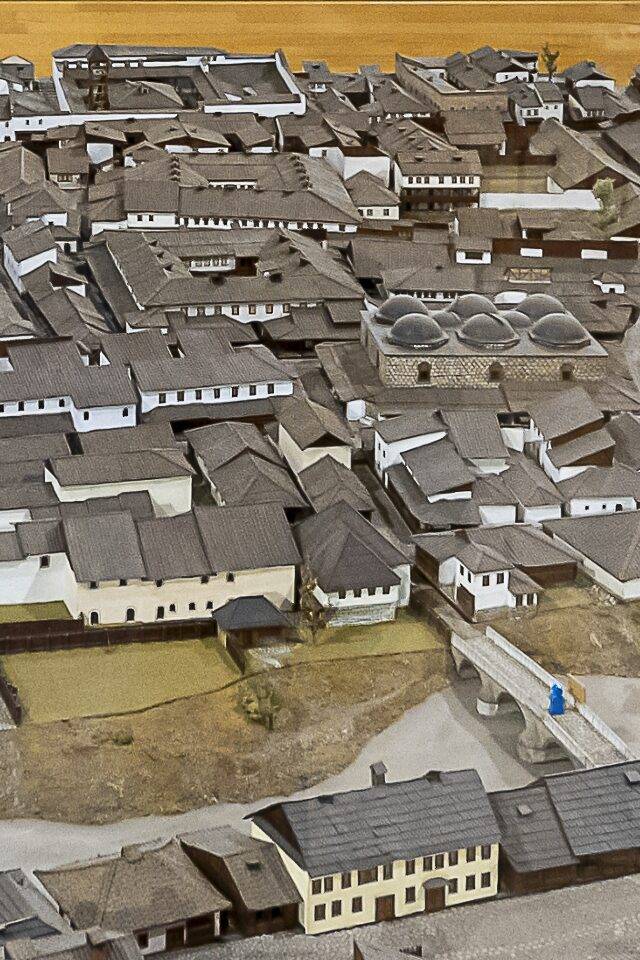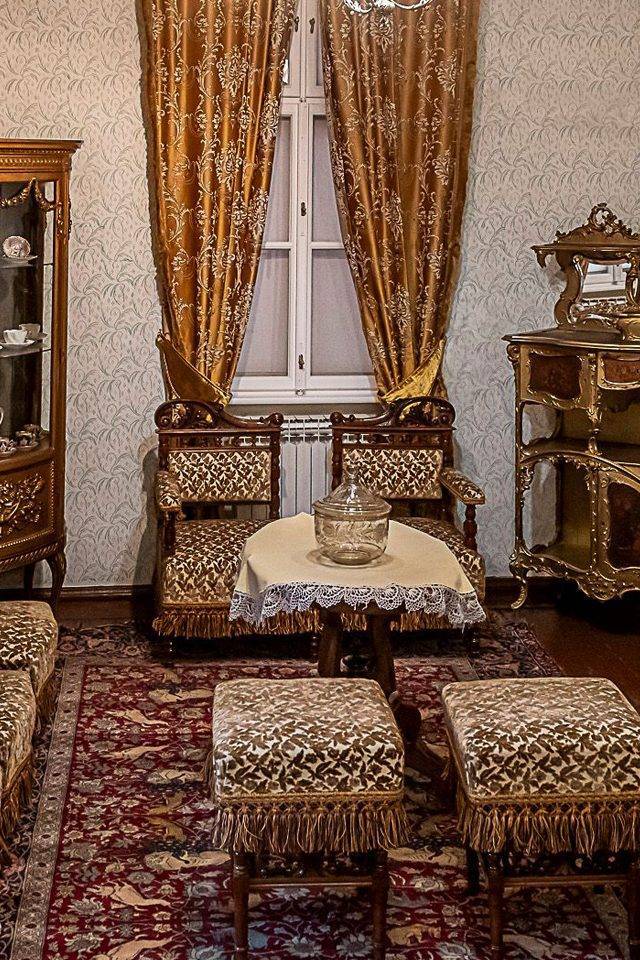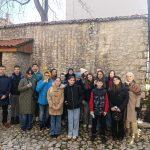The Jewish Museum
The Jewish Museum of Bosnia and Herzegovina is housed in the Il Kal Grandi -The Great Temple, the oldest synagogue in the country also known as the Il Kal Vjež—The Old Temple. This historic synagogue was originally built in 1581 by Sijavuš Pasha in a district known as Sijavuš Pasha's Daira, or the Velika Avlija/Great Courtyard, a name still used today. The synagogue was repurposed as The Jewish Museum of Bosnia and Herzegovina in 1966, coinciding with the 400th anniversary of the arrival of Sephardic Jews in Bosnia and Herzegovina. Despite the aggression against Bosnia and Herzegovina from 1991 to 1995, the Museum sustained minimal damage. During this period, after the loss of the main building of the Museum of Sarajevo, all its exhibits were moved to the synagogue, as it was considered the safest location at the time.
In 2003, the Commission for the Preservation of National Monuments declared The Jewish Museum of Bosnia and Herzegovina a national monument. After the necessary restoration and preparations, the museum reopened to the public in July 2004. Once a year, The Jewish Museum of Bosnia and Herzegovina opens its doors for prayer during the Jewish New Year - Rosh Hashanah, symbolically continuing the legacy of the former Jewish community in Sarajevo and preserving its connection to the present.
The exhibition is composed of three distinct sections:
- THE GROUND FLOOR area, which features ritual objects and serves as a space for prayer during significant Jewish gatherings, such as the Rosh Hashanah celebration.
- THE FIRST GALLERY section where visitors can explore the rich cultural and scientific contributions of Jews in Bosnia and Herzegovina, and the craftsmanship they excelled. Highlights include amazingly preserved Attari shop, nearly unchanged from its original state, and a tinsmith's craft, showcasing some of traditional Jewish trades.
- THE SECOND GALLERY area unveils and testify to the tragic destruction of Jewish cultural heritage. A part of it explores the role of Jews in labor movements before World War II, their involvement in the National Liberation Movement (NOB), and honors the "Righteous” who risked their lives to save Jews during the war.
As part of the Jewish Museum, there is also a well-preserved Attar’s shop (herbal pharmacy). Located on Baščaršija in Sarači, this shop, originally owned by the Papo family and later taken over by Samuel Elazar, a distinguished pharmacist, played a crucial role in advancing medicine and pharmacy
Contact
Velika avlija bb
71000 Sarajevo
Bosnia and Herzegovina
Tel: +387 033 535 688
muzejjevrejabih@gmail.com








